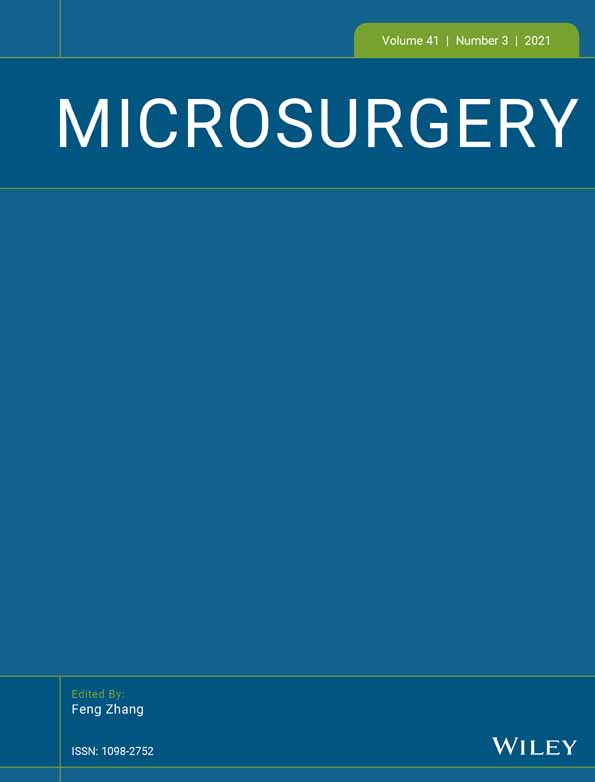Chimeric profunda artery perforator - gracilis flap: A computed tomographic angiography study and case report
Abstract
Background
The possibility of harvesting the profunda artery perforator (PAP) flap in a chimeric configuration together with the innervated gracilis muscle may be a good option for dynamic reconstruction following total glossectomies. In this paper, we present a retrospective radiological study, which evaluates the presence and characteristics of the anatomical variation of the chimeric PAP – gracilis flap.
Methods
The study sample comprised 66 patients (132 legs), 38 men, and 28 women with an average age of 56 ± 2 years old, who underwent head and neck reconstruction with a free flap. Preoperative computed tomographic angiography (CTA) was used for morphologic analysis. We present a case report of a patient with a total glossectomy reconstructed with this flap.
Results
A perforator in the PAP area joining with the main pedicle of the gracilis muscle was found in 38 legs (28.8%). Mean length of the pedicle from the profunda femoral artery to the point where the perforator in the PAP area and the pedicle of the gracilis joined was 3.0 ± 0.3 cm. Differences in the existence of this vascular configuration were not significant comparing groups by sex, BMI, height, side or source vessel. Motion of the new tongue was documented clinically and with electromyography. The patient achieved an intelligible speech and normal diet.
Conclusions
Preoperative evaluation is necessary to assess the existence of a perforator in the PAP area joining with the main pedicle of the gracilis muscle. This chimeric flap has been demonstrated useful for dynamic reconstruction of a patient with a total glossectomy.
CONFLICT OF INTEREST
None.
Open Research
DATA AVAILABILITY STATEMENT
The data that support the findings of this study are available from the corresponding author upon reasonable request.




